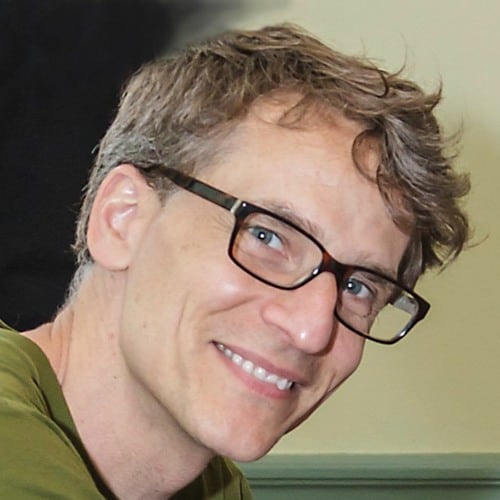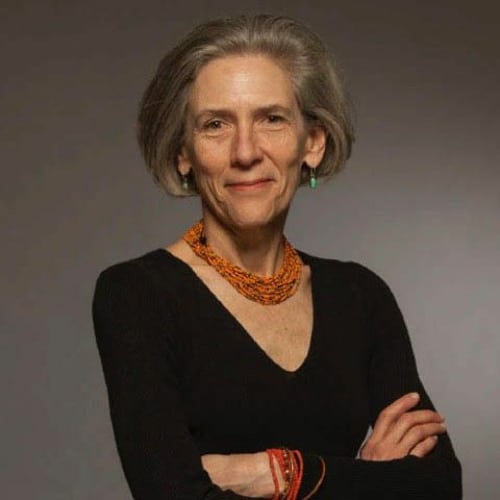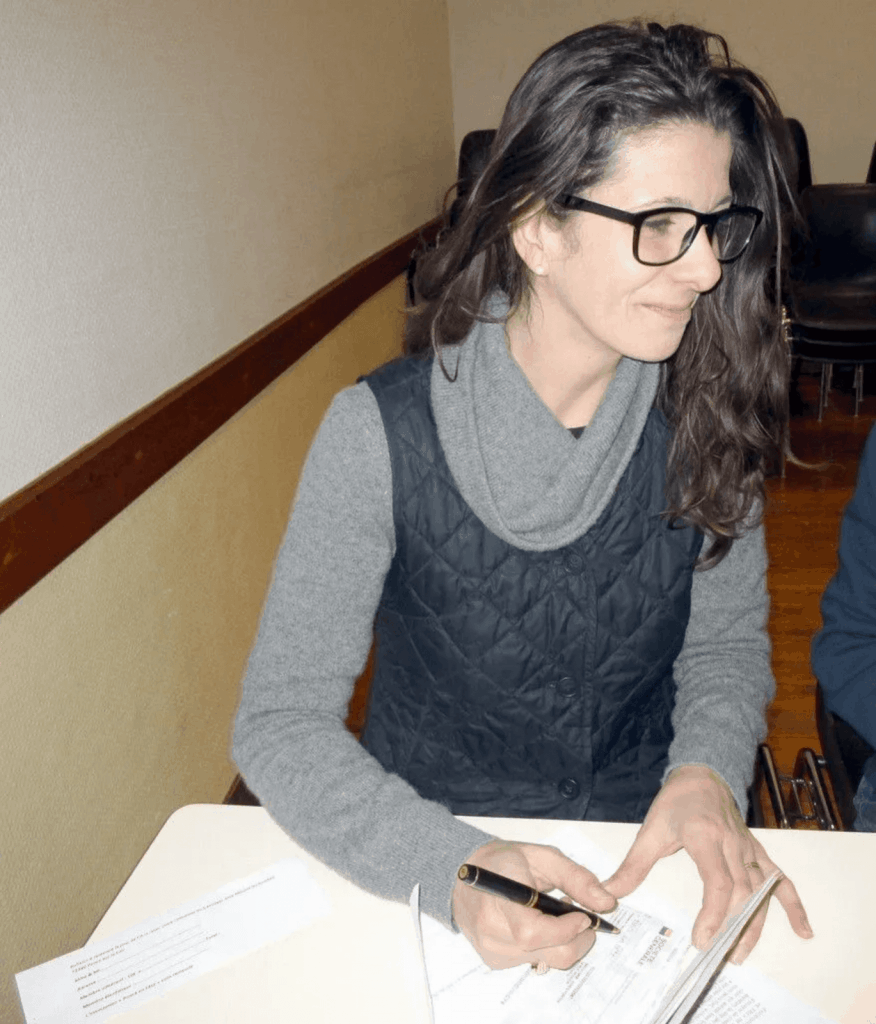Posts Tagged ‘S8’
Artist Derick Melander on getting unstuck
Already from a very young age, Derick considered himself an artist. He used to tell everyone around him about his dreams of making it in the art world. However, as Derick got serious about his future in the arts, his relatives expressed concern, which in turn planted the seeds of doubt and made him second guess his own plans.
After taking a break from his work as an artist, a hiatus which lasted 10 years, he returned to art school, completing his studies at the School of Visual Arts. But after that, he found himself in a rut and decided that it was time to get unstuck! He set up a coffee date with an artist friend and together they soon starting creating projects together. Today, Derick is a visual artist who creates artwork that examines the intersection between global consumerism and the intimate connection we have with what we wear. He creates large, geometric sculptures from carefully folded and stacked second-hand clothing. You might wonder… “why use this material?” To Derick, it is quite clear that it’s the material that chooses the artist… Not the other way around.
“Artists don’t choose their materials, their materials choose them.” (Derick, 39:33)
You can also find Derick’s latest project A Covid-19 Memorial. For a more comprehensive look at his work, check out his website derickmelander.com
__________
Derick Melander is a visual artist who creates artwork that examines the intersection between global consumerism and the intimate connection we have with what we wear. Derick creates large, geometric sculptures from carefully folded and stacked second-hand clothing. These works often take the form of columns, walls and enclosures, typically weighing between eight hundred pounds and two tons.
He recently completed commissions for The Chapman Perelman Foundation, Eileen Fisher, Diesel and Swire Properties in Hong Kong. He created special projects for Scope, Miami, The City of San Francisco, Columbia College, Chicago and The City of New York.

Casey Mallinckrodt on the ethics of conservation
If there is one thing you should know about Casey, it’s that her feelings about art conservation run deep. She is the Objects Conservator at the Wadsworth Atheneum Museum of Art in Hartford, CT, where she oversees a highly diverse collection. She is well aware of the fact that, whenever a piece is treated upon arrival at a museum, it is potentially put at risk. She is fully committed to conserving the full history of the items under her watch.
Casey’s goal is not only to preserve the object’s identity, but also to respect the voice of the community of origin. This was the case as she worked on various projects involving African art and Native American pottery. However, taking the ethical path has not always been simple, given that some values and belief systems have shifted over the past centuries in some of the cultures Casey has worked with. In some cases, even the local people are reluctant to speak about their own history.
This is probably something we can relate to today, especially since the murder of George Floyd. We might feel ashamed about certain episodes of our history and, therefore, we may be inclined to gloss over various events. However, Casey’s interview shows us the importance of preserving our past, in order to understand our present and move into a wiser future.
“We don’t want to remove, we don’t want to reinterpret. We want to preserve what’s there.” (Casey, 35:42)
To find out more about Casey’s work and her unique point of view, you can listen to the full interview below. You can also check out her website at www.caseymallinckrodt.com. We are sure you won’t be disappointed!
Visit her websites:
American Institute for Conservation
Casey Mallinckrodt
Wadsworth Atheneum
__________
Casey Mallinckrodt is the Objects Conservator at the Wadsworth Atheneum Museum of Art in Hartford, Connecticut, where she oversees a highly diverse collection. The Wadsworth is the oldest continuously operating museum in the United States. She has a master’s degree from the UCLA/Getty Program in the Conservation of Archaeological and Ethnographic Materials, and an MFA in sculpture from Yale University. Her primary interest is the stewardship of material cultural heritage and the integration of specific and refined knowledge about the materials with cultural history and practice.

Shelly De Vito on creating space
Ten years ago, Shelly and her husband James set out to create a contemporary arts center. The space they chose is a former 18th century papermill in the Loir Valley in France, where they make a constant effort to hold space so that other artists can express themselves. Their goal is to revitalize the campus with the goal of bringing the arts to everyone, while shining the spotlight on the social issues and situations facing society today.
Turning their dreams into reality was not easy for Shelly and her husband. After all, they took a leap of faith when they created their arts center, and that is why their story is so inspiring to so many people. They did not go into the arts for the money, but rather followed their hearts and stayed true to their vision.
However, this does not mean that art should be free, but rather that it should be accessible. Everyone deserves to be in the presence of excellence, even the people who lack the economic means to do so. After listening to Shelly, it is clear that artists from all disciplines need to be supported. And in the context of the current coronavirus crisis, it is clear that galleries and museums need institutional support if they are to keep from closing their doors.
“Supporting the arts isn’t just financial.” (Shelly, 37:22)
__________
Shelly De Vito is a Paris-based stage director and playwright originally from New York. In 2010, with her husband, visual artist James Porter, she founded Les Moulins de Paillard contemporary arts centre in a former 18th century papermill in the Loir Valley of France. For the past ten years, the couple has directed their attention and efforts to the work of other artists.
Take in their website for Les Moulins de Paillard



